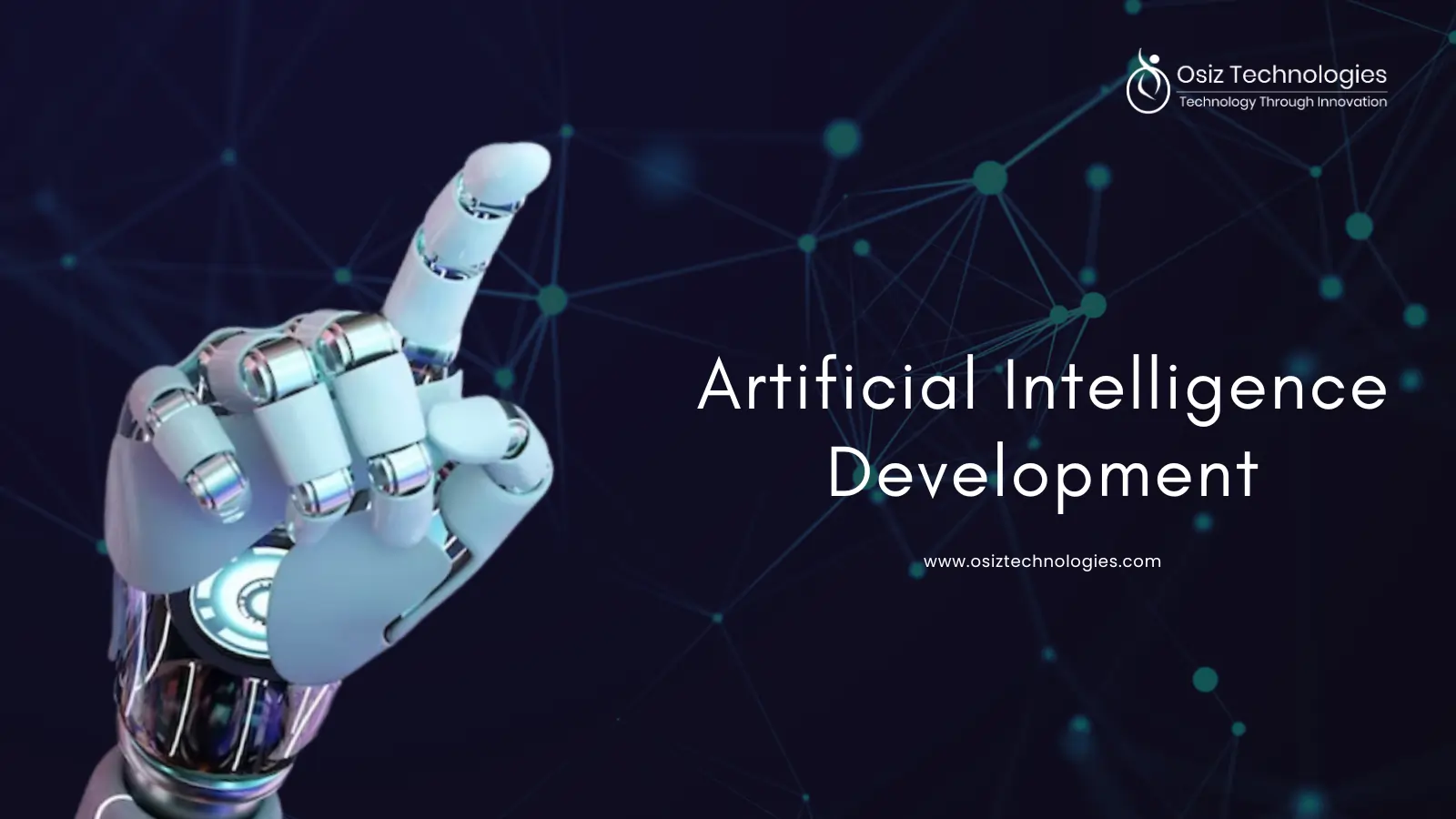Artificial Intelligence (AI) is transforming industries by changing the way data is being analyzed and consumed. Power BI, the leading business intelligence tool, is embedding AI technologies to expand its capabilities and offer even more intuitive, automated, and powerful data analysis solutions. This blog discusses the primary features of AI in Power BI, how they facilitate the process of preparing data, real-world usage cases, best practices for using AI, and the future of AI-powered BI tools.
Key AI Features in Power BI
Power BI has integrated numerous AI-based capabilities that have greatly improved its functionality, enabling businesses to make better decisions based on data. These are some of the most important AI capabilities.
Q&A (Natural Language Processing): Users can ask natural-language questions and Power BI will generate that query to the appropriate visualization. Therefore, there is a potential for nontechnical users to interact with the data without requiring deep knowledge of SQL or advanced querying techniques.
AutoML (Automated Machine Learning): Power BI is making predictive analytics easier using Azure Machine Learning. Users can apply ML models to their data to predict what might happen in the future without necessarily depending on the technical capability of the data scientist.
Key Influencers: This feature uses machine learning algorithms to analyze data automatically and point out the key drivers that explain business outcomes, such as factors that influence sales or customer retention.
Decomposition Tree: This AI visualization tool helps users break down a metric into its contributing factors, providing insights into the relationship between variables and helping to identify areas for improvement.
Anomaly Detection: AI in Power BI helps find anomalies or patterns in data. It'll alert the user to potential issues or opportunities that may need their attention.
Use Cases of AI in Power BI
The amount of value that AI brings to Power BI is already significant across different industry sectors. For instance, here are a few examples of businesses that are using AI with Power BI:
Sales Forecasting: Businesses can now predict sales trends and develop better strategies for inventory, resources, and marketing by applying predictive analytics and machine learning models on Power BI.
Customer Churn Prediction: Organizations in sectors like telecommunication and SaaS industries use AI to understand why customers churn and then act on these reasons to retain customers.
Fraud Detection: AI models in Power BI can analyze real-time transaction data and mark activities or transactions that could be fraudulent or distinctly out of the ordinary behavior.
Supply Chain Optimization: AI-powered analytics in Power BI can be used to predict demand fluctuations, optimize supply chains, and reduce waste by analyzing historical data and external factors.
Best Practices for Using AI in Power BI
To get the most out of AI in Power BI, organizations should follow these best practices:
- Ensure High-Quality Data
- Understand the AI Features
- Use Predictive Analytics for Decision-Making
- Integrate with Other Microsoft Tools
- Collaborate with Experts
Future of AI in Power BI
The future of AI in Power BI looks promising as Microsoft continues to enhance its AI capabilities to meet evolving business needs. Key trends to watch out for include:
- Advanced automation for data preparation and analysis.
- Enhanced integration with machine learning models for more complex predictions.
- Improved natural language generation (NLG) for generating automated reports.
- Smarter, real-time AI-driven insights for better decision-making.
- Greater accessibility of AI features for non-technical users.
- Seamless integration with external AI services and platforms.
- Increased use of AI for anomaly detection and trend forecasting.
- More sophisticated AI models for deeper data insights.
Closing Thoughts
AI is redefining the power of Power BI, transforming it from a traditional BI tool into a sophisticated, AI-enhanced platform that empowers businesses to uncover deeper insights, predict future outcomes, and make data-driven decisions with greater confidence. By integrating features like natural language processing, machine learning, anomaly detection, and predictive analytics, Power BI makes it easier for organizations to leverage the full potential of their data. Partnering with an AI Development Company can further amplify the benefits of these technologies, ensuring tailored solutions that maximize efficiency and outcomes. As AI technology continues to evolve, Power BI will remain a key enabler in the journey towards smarter, more efficient decision-making.
Listen To The Article
Recent Blogs

X-Mas 30%
Offer











